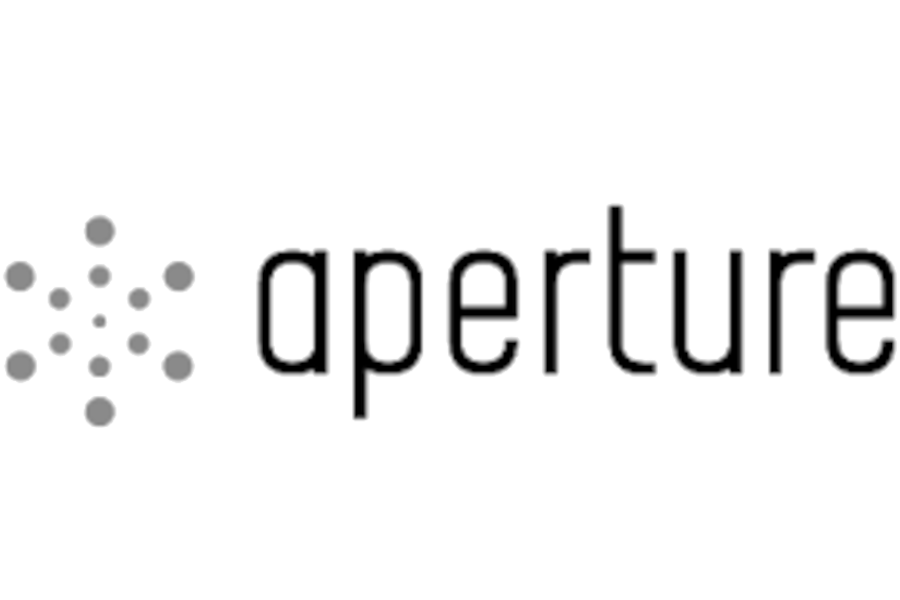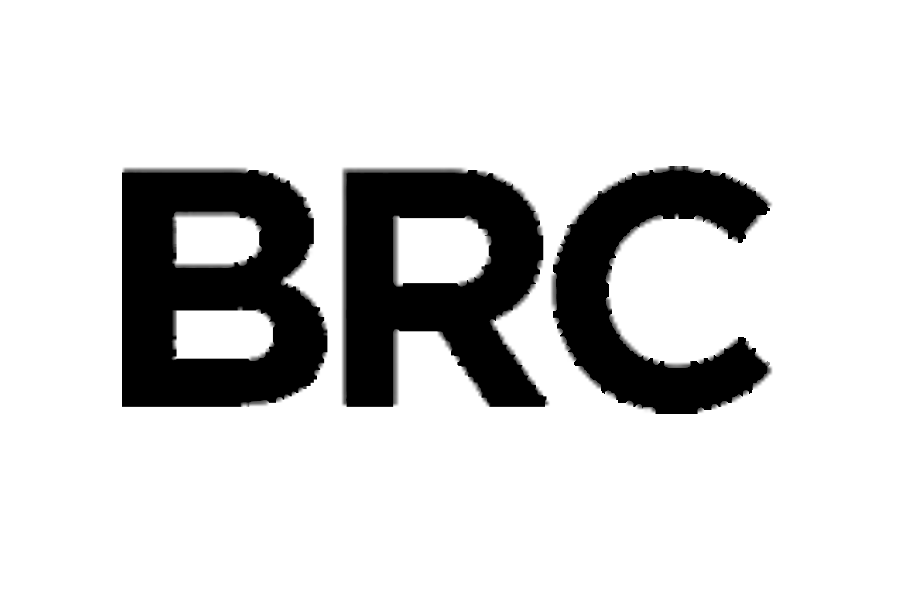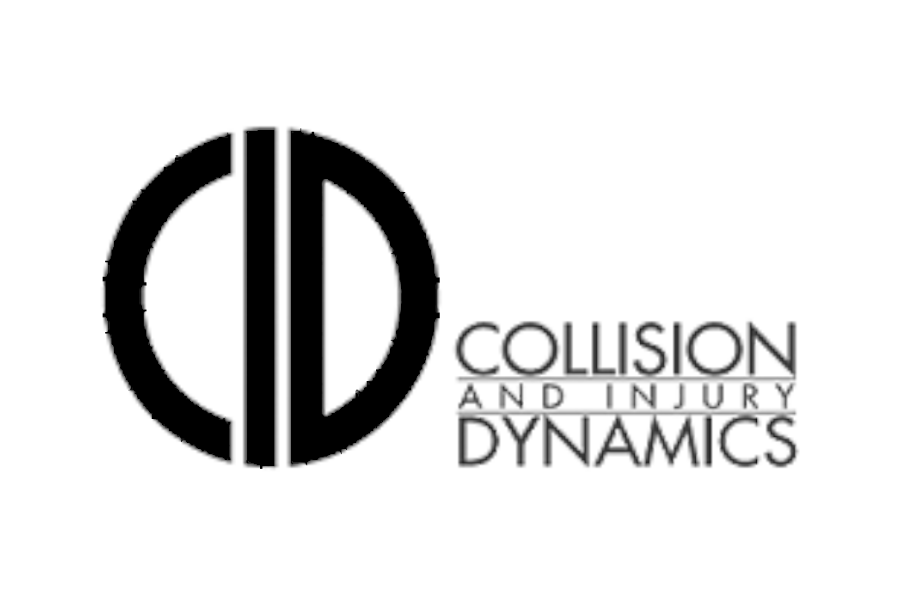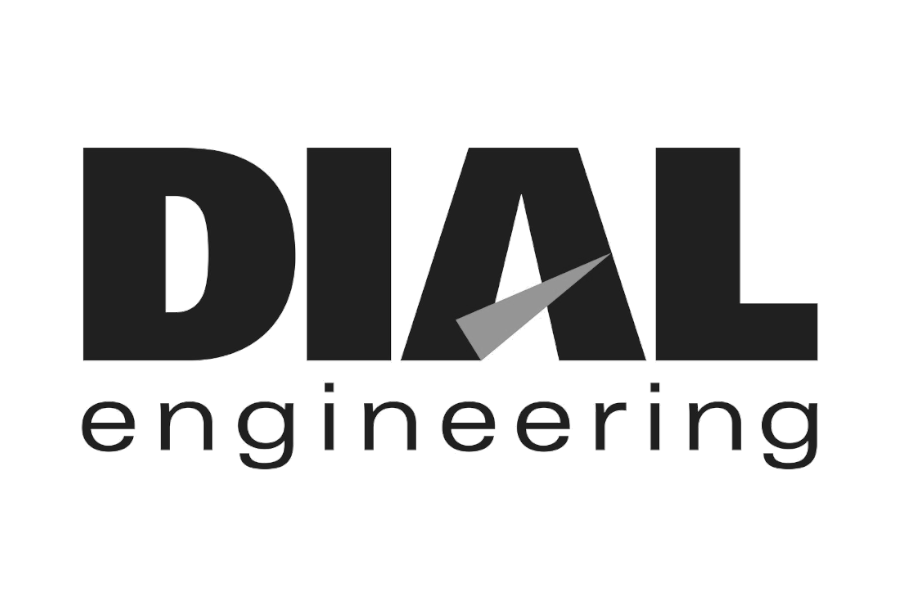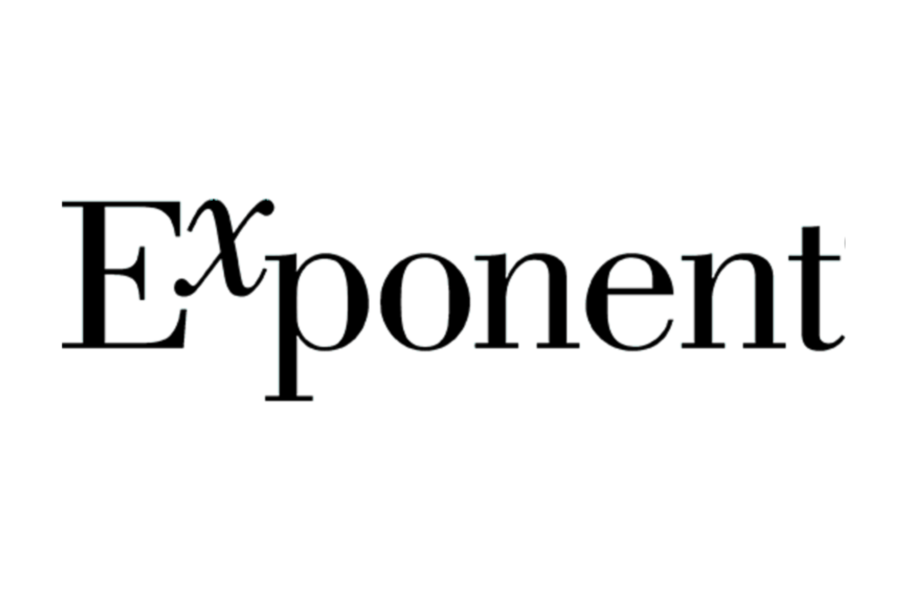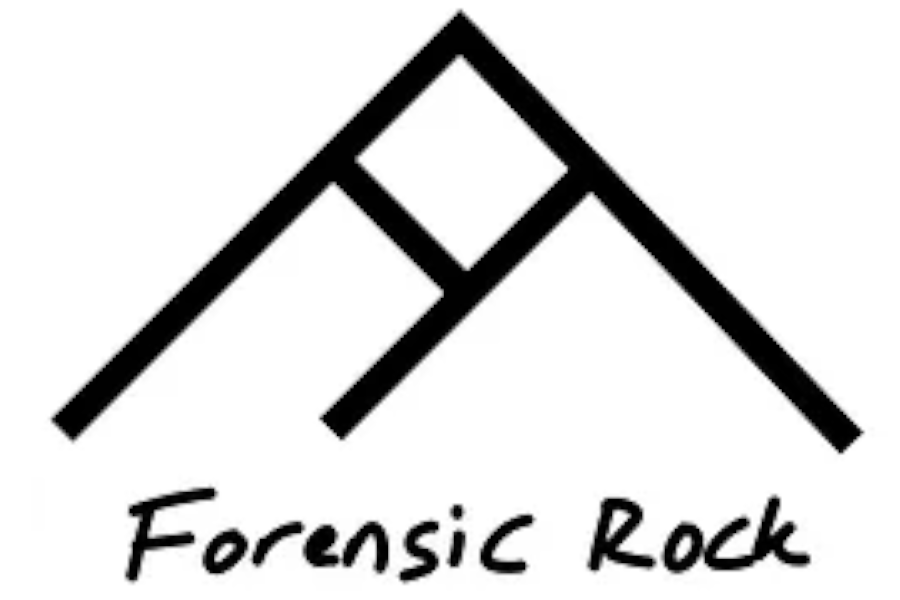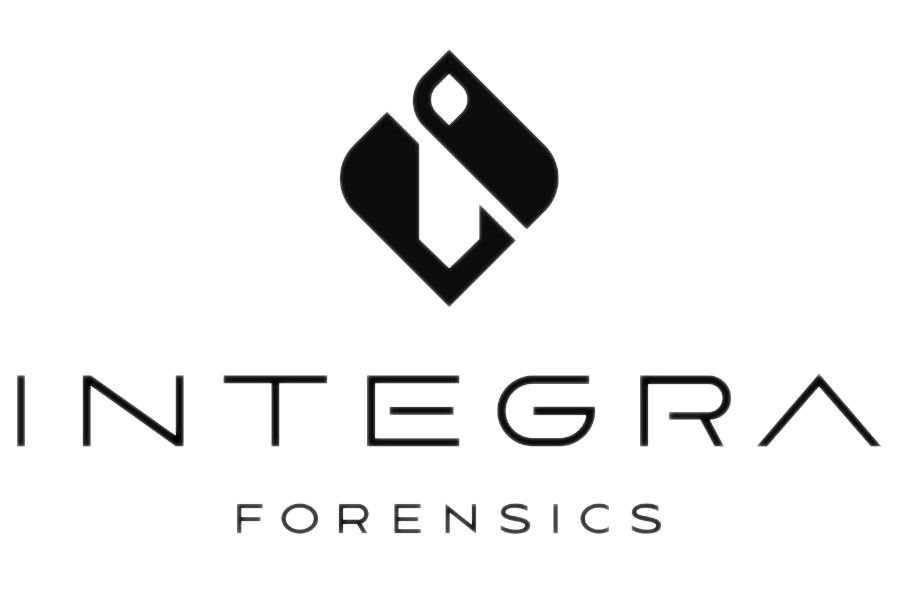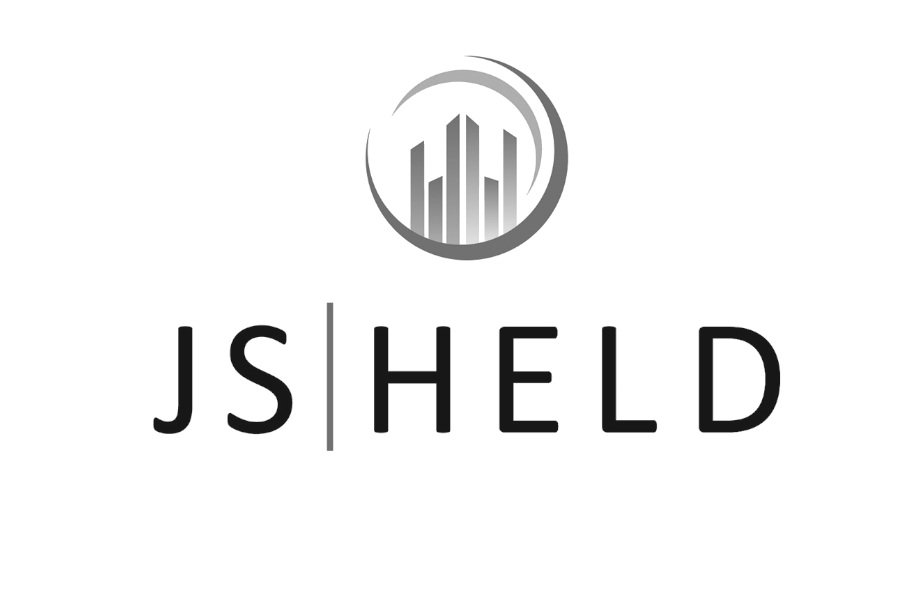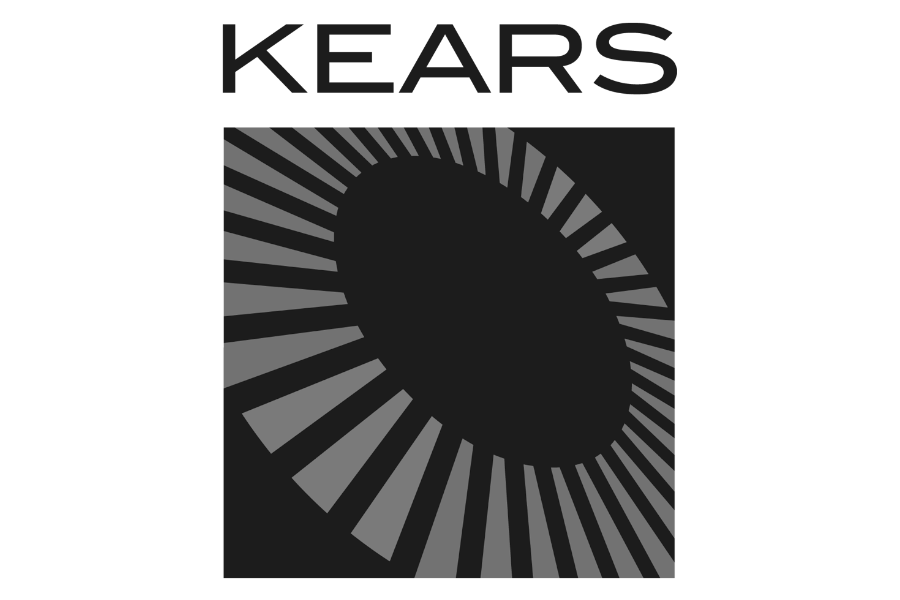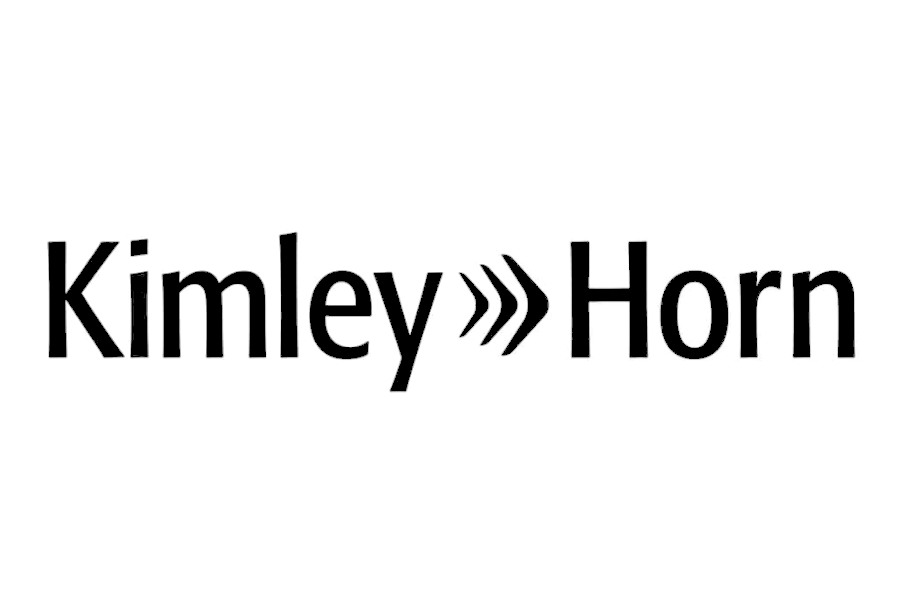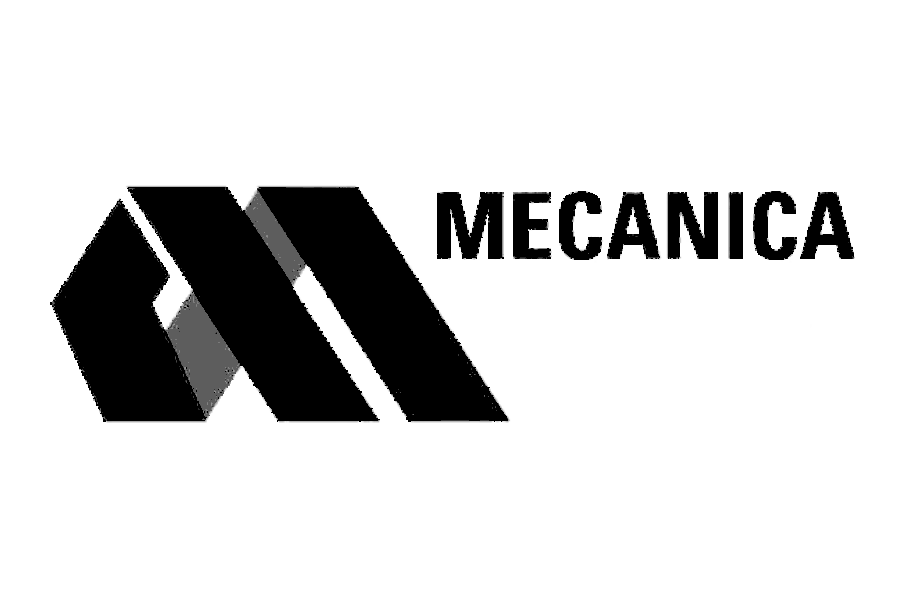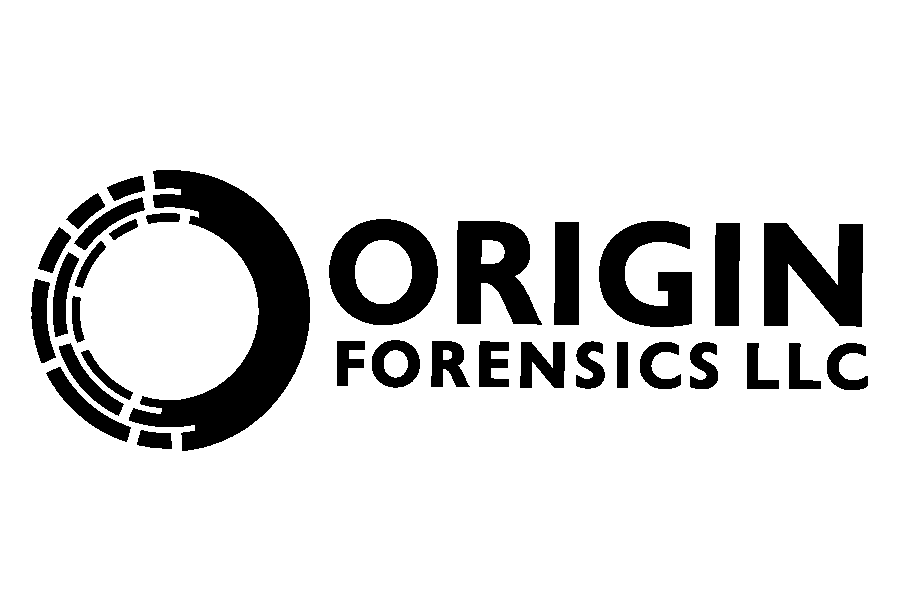Sent on March 21, 2025
The viability of mapping a roadway with vehicle-mounted GoPros has been solidly wedged in my head since this email. As you may recall, the results of prior experiments were promising, but not successful.
However, Neal Carter suggested elevating the camera substantially, and Andrew Thomas suggested angling the camera down more, and Jay Gallagher suggested increasing coverage. I implemented those concepts and used a GoPro HERO13 at 5.3K, as opposed to the 7s and 10 used last round.
To accomplish the elevation, I threw a 7’ carbon fiber Benro on the hood of my Tundra using a few Wood’s suction cups. Ridiculous looking, and embarrassing, but effective.
The GoPro was set to capture at 5.3K / 24 fps / linear mode with no stabilization, and I drove between 30 and 35 mph through a section of two-laner with a center median, heading both northbound and southbound. Every frame was extracted using FFmeg as a JPG (to save on computational resources), and each pass was processed individually with RealityCapture [RC].
With a bit of parametric experimentation, I was able to get solid alignment for each pass. Then, the components were brought into a new project, where three control points were set between the components to help RC merge everything (in retrospect, I should have taken the time to add more). I only used 100 frames in each direction to expedite iteration, so the mapped area is short, but it worked!
There’s no question the process can be refined further, but this was a big step in the right direction. A stereo camera setup would almost certainly yield a big improvement, and I think larger-sensored cameras would help too. Hoisting a Sony FX3 to such heights would require some serious gumption though.
If you’d like to experiment with the data, here’s a link to download the GoPro video and the frames used to generate the point cloud above.
Photogrammetry never ceases to blow my hair back. Thanks for reading, keep exploring!
Lou Peck
Lightpoint | Axiom







